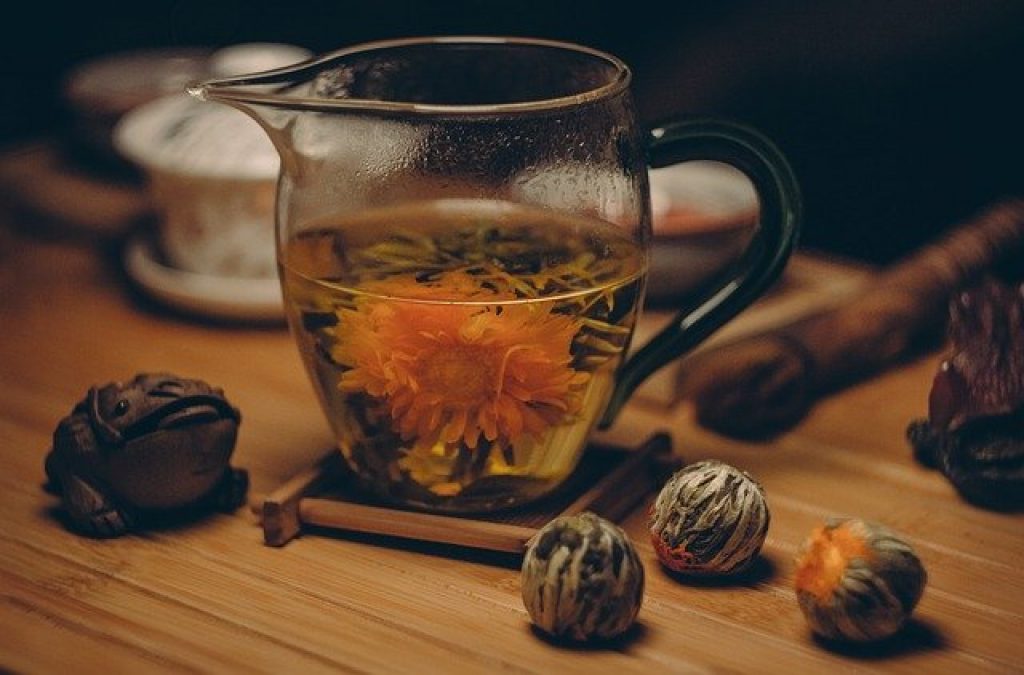What Teas Stain Teeth

The world of tea is vast and wondrous, with countless varieties offering a spectrum of flavors, aromas, and health benefits. However, one of the lesser-known aspects of tea consumption is its potential impact on dental health, particularly when it comes to tooth staining. In this article, we’ll delve into the types of teas that are most likely to stain teeth, the reasons behind this discoloration, and what you can do to enjoy your favorite teas while maintaining a healthy, white smile.
Understanding Tooth Staining
Tooth staining, or dental discoloration, can be caused by a variety of factors, including dietary habits, oral hygiene, and the consumption of certain beverages. When it comes to tea, the staining effect is primarily due to the presence of chromogens—pigment molecules that can bind to tooth enamel—and tannins, which are compounds that give tea its astringent, drying sensation. Tannins can make teeth more susceptible to staining by increasing the porosity of the tooth enamel, allowing chromogens to penetrate deeper.
Teas That Stain Teeth
While all teas contain some level of tannins and chromogens, some varieties are more likely to cause tooth staining than others. Here’s a breakdown of the most common offenders:
Black Tea: Black tea is perhaps the biggest culprit when it comes to tooth staining. The fermentation process that black tea undergoes increases its tannin content, making it more prone to causing stains. Varieties like Earl Grey, English Breakfast, and Darjeeling are popular but might contribute to dental discoloration if consumed excessively.
Pu-erh Tea: This fermented Chinese tea, known for its earthy flavor, can also contribute to tooth staining. The fermentation process, similar to black tea, increases the concentration of tannins and chromogens.
Green Tea (Certain Varieties): While generally considered less staining than black tea due to its lower tannin content, some green tea varieties can still cause staining. Matcha, for instance, because it involves grinding the entire tea leaf into a fine powder that you ingest, might have a higher potential for staining due to the increased surface area and direct consumption of leaf particles.
White Tea: White tea, being the least processed, might have a lower potential for staining compared to other types. However, its minimal processing doesn’t eliminate the risk entirely, especially if consumed in large quantities.
Herbal Teas: Not all herbal teas are created equal when it comes to staining potential. Certain herbal teas, like those made from berries (e.g., rosehip tea), might contain chromogens that could contribute to tooth discoloration. However, herbal teas are generally considered a safer option regarding staining compared to traditional teas made from Camellia sinensis leaves.
Why Some Teas Are More Likely to Stain
The staining potential of tea is influenced by several factors, including the type of tea, its method of production, and how it’s consumed.
- Tannin Content: As mentioned, tannins play a significant role in tooth staining. The higher the tannin content in a tea, the greater its potential to stain teeth.
- Chromogen Presence: The pigments in tea can vary, but those with a higher concentration of chromogens will be more likely to leave stains on teeth.
- Brewing Method: The way you brew your tea might also affect its staining potential. Stronger brews, which involve longer steeping times or more tea leaves, can result in higher concentrations of tannins and chromogens.
Prevention and Mitigation
While it’s unavoidable that some teas will stain teeth to some degree, there are steps you can take to minimize this effect:
- Maintain Good Oral Hygiene: Regular brushing and flossing can help remove staining agents from your teeth before they have a chance to set.
- Rinse with Water: Drinking water after consuming tea can help dilute the concentration of staining agents in your mouth.
- Use a Straw: When drinking tea, especially if it’s a variety known for its staining potential, using a straw can help minimize contact between the tea and your teeth.
- Professional Dental Cleaning: Regular dental cleanings can help remove stains that do form, keeping your teeth looking their best.
Conclusion
The joy of tea lies not just in its taste or the sensory experience of drinking it, but also in its cultural significance and the community it fosters. While some teas may have a higher potential for staining teeth, this doesn’t have to be a deterrent. By understanding the factors that contribute to tooth staining and taking simple preventive measures, you can enjoy your favorite teas without compromising your dental health. Whether you’re a fan of the strong, bold flavors of black tea or the subtle nuances of green tea, there’s a world of tea waiting for you, and with the right approach, you can savor every sip without worrying about the impact on your smile.
Which type of tea is least likely to stain teeth?
+Generally, white tea is considered to have the least potential for staining due to its minimal processing and lower tannin content compared to other types of tea.
How can I prevent tea from staining my teeth?
+To minimize the risk of tooth staining from tea, maintain good oral hygiene by brushing and flossing regularly, rinse your mouth with water after drinking tea, and consider using a straw to reduce contact between the tea and your teeth.
Do all teas stain teeth equally?
+No, not all teas stain teeth equally. The staining potential of tea depends on several factors, including its type, method of production, and the presence of tannins and chromogens. Black tea, for example, is known to have a higher staining potential than green or white tea.



